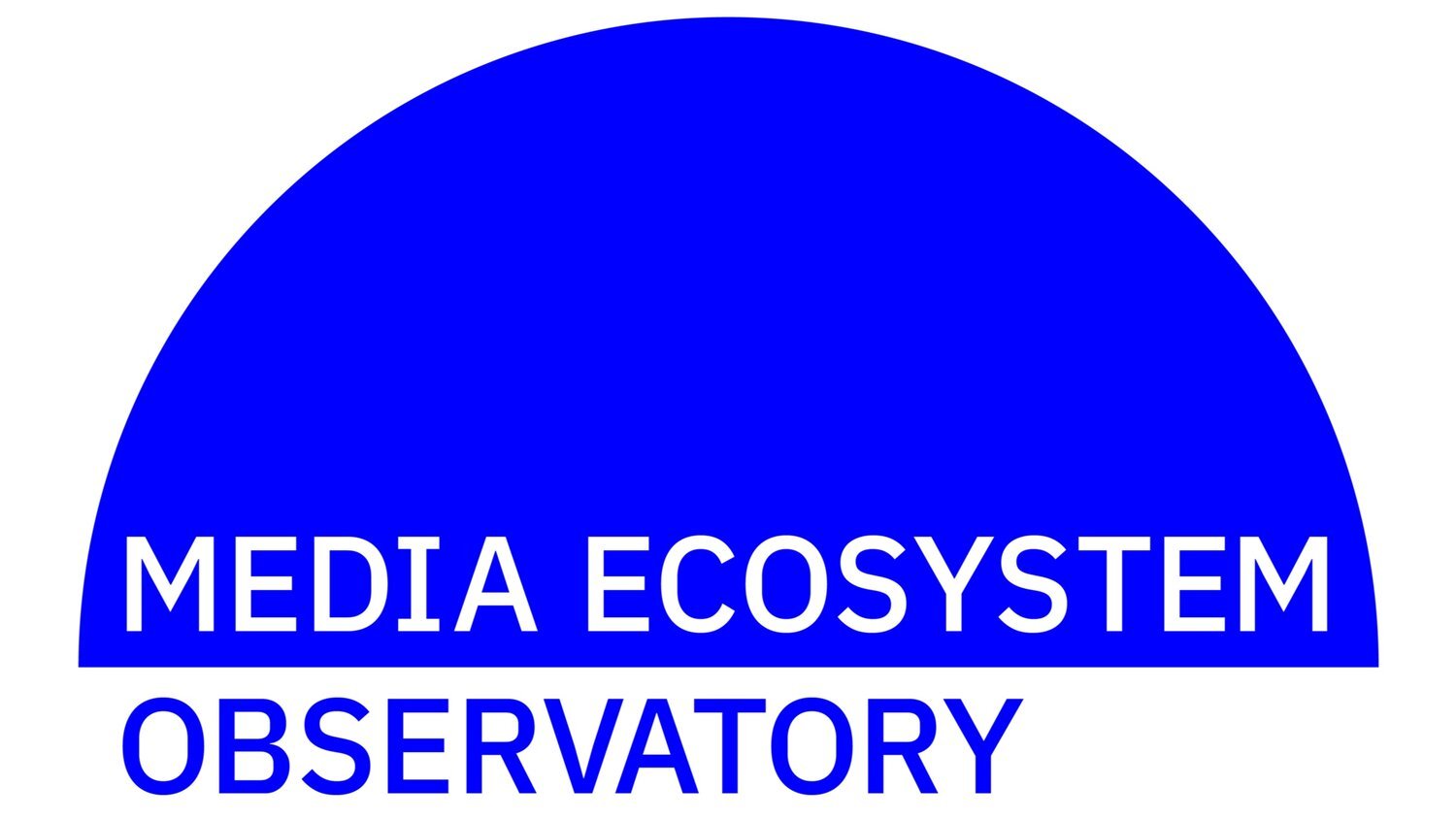MEMO #1: Twitter’s “Manipulated Media”
August 26, 2021
The Canadian Election Misinformation Project is a civil society and academic partnership led by McGill University's Media Ecosystem Observatory and the University of Toronto’s Policy, Elections & Representation Lab (PEARL).
It aims to rapidly identify and respond to mis- and disinformation incidents during the 44th Canadian Federal Election while evaluating the extent to which these incidents impact the attitudes and behaviours of Canadians. It also seeks to develop understanding of the types and consequences of misleading and false information circulating in the public sphere in addition to supporting world-class research into the dynamics of the information ecosystem and the broad impacts of misinformation on Canadian democracy.
The Project is funded by the Rossy Family Foundation, the Canadian Heritage Digital Citizen Contribution Program, and the Public Policy Forum.
Liberal Candidate Chrystia Freeland’s tweet of a deceptively edited video has made its way from Twitter-flagged misinformation into mainstream news, driven an election news cycle, and set the campaign agenda for several days. It marks the first major misinformation event of the 2021 Canadian federal election. Our research into this incident shows misinformation doesn’t just spread through social media, as nearly two-thirds of respondents who heard of it did so through traditional media.
At the Canadian Election Misinformation Project, we are closely watching the federal election to measure and understand how Canadians react to false or misleading information. We do so by surveying Canadians and monitoring both traditional and social media. We investigated this piece of misinformation due to its provenance, spread, and potential impact on the election. Here, we lay out five findings and share what this incident tells us about misinformation during elections.
While this misinformation was first posted on Twitter—a video edited purporting to show Conservative Leader Erin O’Toole as in favour of privatizing health care—most of those surveyed who heard about the story were exposed to it through traditional news media (62 percent). Only a small percentage of Canadians actually saw it on Twitter (10 percent). Once the “manipulated media” tag was attached to Freeland’s video by Twitter, news reporting on the fact the Liberal minister had tweeted misinformation spread the story well beyond its initial audience. And those who heard of the story this way, also heard the substance of the misinformation. News media tends to drive exposure to major pieces of misinformation.
Erin O’Toole, Justin Trudeau, and Jagmeet Singh were all asked questions about the incident and the parties’ positions on privatized healthcare in Canada became front and centre. When asked to describe instances of misinformation they had seen during the election so far, many respondents referenced Freeland’s tweet. Here are some examples of their responses:
“The Liberals sent out an edited video of Erin O'Toole on privatized healthcare.”
“Chrystia Freeland shared a doctored video of Erin O'Toole.”
“Chrystia Freeland tweeted a comment made by Erin O'Toole, but the tweet was labeled misinformation that was misleading. It was about healthcare.”
“Vidéo truquée du Parti libéral pour la santé au privé.”
Overall, nearly a third of Canadians report seeing the story and it was the story most likely to be reported for misinformation. Misinformation tends to be widely seen and can set the agenda.
As can often happen with misinformation, the facts can become murky. Those surveyed actually tend to believe the misinformation is truthful (52 percent) more than believing it is false (35 percent) or not being sure what to believe (13 percent).
These misperceptions are even stronger when breaking things down by party supporters. Three-quarters of self-identified Liberal respondents said they found the claim that O’Toole supports privatizing the Canadian healthcare system to be truthful, while 14 percent of Liberals did not believe the claim. Conservatives largely said the claim was false (56 percent). Only 34 percent of Conservative respondents said they thought the story was true. People receive and assess the misinformation differently based on which “team” they are rooting for. Misinformation can cause confusion and also reinforce existing political biases.
Part of what makes a piece of misinformation go viral is the way it brings up visceral emotions in people, like anger, disgust, stress, and fear. Anger was a common reaction to the story among Canadians (35 percent). Disgust (24 percent), fear (16 percent), and stress (16 percent) also played into respondents’ feelings.
To put that in perspective, we also asked about the story that Justin Trudeau had demanded all federal public servants to get vaccinated or face “consequences”. That story led most people to feel either neutral (27 percent), calm (18 percent), or happy (39 percent). In comparison, only 20 percent felt neutral, 6 percent felt calm, and 10 percent felt happy about the misinformation. Misinformation often evokes strong negative emotions.
One of the knock-on effects of the story is feeding into suspicions that Twitter’s misinformation labels are themselves manipulation. A Canadian Twitter executive once worked for the Conservative Party, and based on this fact alone users are suggesting the “manipulated media” label was placed on Freeland’s tweet to benefit the Conservative Party. These users don’t tend to care whether the video Freeland posted was manipulated, only that there is a connection at Twitter to the Conservatives. The initial misinformation has now become a myriad of narratives that continue to drive interest in the story. Misinformation tends to beget misinformation.
This incident has important lessons for our understanding of how misinformation spreads and why it matters for elections. It can spread not just on its own terms, but through the trusted channels of traditional media in their coverage of misinformation. Once misinformation is out in the wild it can take on a life of its own, where individuals may come to believe it based on their political commitments rather than whether or not it is true.
Findings shown here based on a Media Ecosystem Observatory survey of 806 Canadians collected from August 23 to 26.

